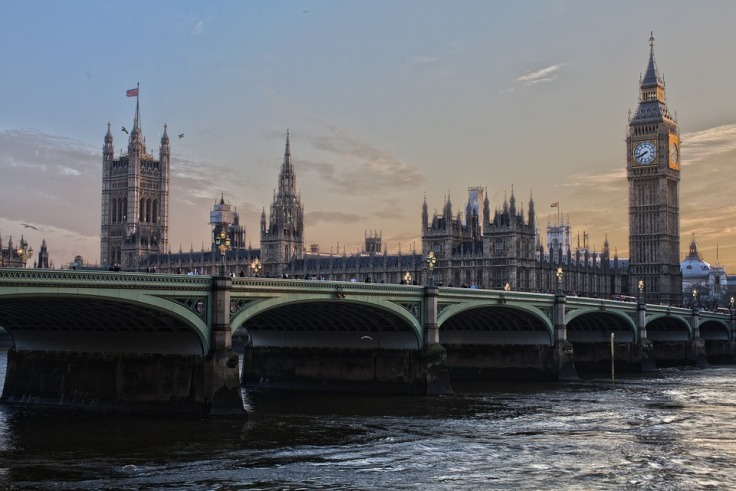Once a year, a town that normally has a population 14,925 is flooded with 30,000 runners from 99 countries and countless spectators for the start of the Boston Marathon. Since 1897, Hopkinton, Mass. has been the starting point for competitive and casual runners alike on their journey to Boston. The weekend prior to the main event, the town hosts a small festival of local vendors in preparation of race day.
Many vendors have been in the same spot for years and use the marathon as an opportunity to support small businesses. A number of people who are found on the Hopkinton Town Common prior to the race are locals who grew up watching the marathon and have even run it in the past. The marathon has become a part of Hopkinton’s culture, and many residents use it as an identifier for the town.
The festivities set up the weekend prior to the Marathon are meant to draw in people in the area to get them excited about the marathon and Hopkinton, according Pam Aggerbeck of Cape Cod Coffee, a vendor at the marathon start. “This is a big event for, not just the runners, but for the families and everyone associated with it,” said Jan Aggerbeck of Cape Cod Coffee. “We’ve talked to people from all over the world. It’s a very international event.”

 her explore a bulleted story in the list. There is also an option to sign up for the daily newsletter. At the middle of the post, there is the option to listen to all the news listed and more by listening to The Daily podcast. There is also a
her explore a bulleted story in the list. There is also an option to sign up for the daily newsletter. At the middle of the post, there is the option to listen to all the news listed and more by listening to The Daily podcast. There is also a 